 Now we’re speaking close to my heart. Granted, I’m a freeloader in the open source world. I have yet to contribute a single line of code to an open source project. (OK, I guess that’s not entirely true: I did write a WordPress plugin. Sweet. I’m in the club! Sort of.) But I have wholly embraced open source software in my work. PHP FTW, baby! (Uh yeah… whatever.)
Now we’re speaking close to my heart. Granted, I’m a freeloader in the open source world. I have yet to contribute a single line of code to an open source project. (OK, I guess that’s not entirely true: I did write a WordPress plugin. Sweet. I’m in the club! Sort of.) But I have wholly embraced open source software in my work. PHP FTW, baby! (Uh yeah… whatever.)
These days the only thing I’m a more enthusiastic and outspoken proponent of than open source software is Barack Obama. So I’m surprised it took me so long to research what he’s running his website on.
Linux PWS/1.3.28
*Whew* Glad to see it’s Linux. But what the heck is PWS? I was at a loss. Then I found this blog talking about the very same issue. And suddenly it made sense why I didn’t recognize the acronym. I never would have considered Microsoft’s Personal Web Server to be the web server of choice running on a Linux server. I am still scratching my head at it. The whole VM thing seems the only logical explanation, except that there’s no logic to explain it. At least it’s not so transparently ass-backwards as John McCain’s configuration:
Linux Microsoft-IIS/6.0
And the inexplicable:
Linux ECAcc (lhr)
Interestingly, though, a Google search for “ECAcc (lhr)” reveals a link to a Digg post entitled John McCain Owns VoteForTheMILF.com. Stay classy, San Diego.
Let’s be clear: I think the idea of running a web site under Windows in a virtual machine on a Linux box is the most incomprehensible, mind-bogglingly stupid arrangement you’d ever bother with. I’d have to guess that the sites were developed to run in a Windows environment, but when it came time to deal with practical server and network capacity issues, load balancing and whatnot, some sysadmin made the (probably prudent) decision to load balance on Linux boxes instead of Windows, but since the site was tied to some feeble Windows technology, they couldn’t just move it over to Linux wholesale.
But let’s take this a step further. Back in late spring I received an email from Barack Obama’s IT director soliciting applicants for web developer positions with the campaign. Even though the job was in Boston, I figured it would be insane not to apply, so I submitted my resume. (I never heard back, for what it’s worth.) And it’s from this that I happen to know that the campaign was specifically seeking PHP developers. Rock on.
With that in mind, the whole Windows-on-Linux-through-VM arrangement made even less sense. Why would they develop the site in PHP, run it on a Windows server (definitely not the optimal arrangement for a PHP-based app, though it certainly will work), and then VM that Windows environment on a Linux box, instead of just gearing the PHP app for a Linux server in the first place? And that’s when I remembered that just earlier in the day I had been looking at taxcut.barackobama.com. Of course! Separate third-level domains are all over Obama’s site. Let’s check the configuration on that domain. Now that’s much better:
Linux Apache/1.3.34 (Debian) mod_gzip/1.3.26.1a AuthMySQL/4.3.9-2 PHP/5.2.0-8+etch10
And I think it explains a lot. Campaigns start off small. Obama had to register barackobama.com and put something up there ages ago, long before he was the Democratic nominee and the hugely successful fundraiser he became along the way. So that original site, www.barackobama.com, was probably developed on a Windows box in someone’s proverbial basement, probably when was running for the U.S. Senate or maybe even the Illinois Senate. But as the campaign has grown, its websites (plural) have grown as well, and in a decidedly open-source direction. There’s some good stuff in there. Debian (which could mean Ubuntu, too… I haven’t checked the signature on Ubuntu’s Apache package to see if it’s split from its Debian roots), PHP (and a reasonably up-to-date version at that), MySQL, etc.
It’s kind of fun to do this kind of research, as long as you don’t mind being distracted along the way, because there are plenty of weird sources of distraction.
Aside from the aforementioned MILF site (classy), and the somewhat interesting fact that searching on “PWS/1.3.28” brings back as its first result a reference to Obama’s hosting, I discovered that for some reason the page title on John McCain’s official store is “Independent Online Stores.” OK. No one looks at title bars. And even fewer web developers look at <title> tags. I know that from experience. But of course that’s just a transitional landing page, announcing that McCain wares are not actually sold by the campaign, but by independent, for-profit companies, and buying these items doesn’t translate into money going back into the campaign. Huh. I can’t quite wrap my brain around that, but I’m a lifelong, union-loving Democrat, so I guess I wasn’t meant to. The only thing that comes to mind is that maybe it has to be that way, legally, now that he’s accepted public campaign financing. Anyway, the first McCain store link I found, which as they state is apparently an independent operation not affiliated with the campaign, is, not surprisingly, running:
Windows Server 2008 Microsoft-IIS/7.0
I also found that the company that hosts some of Obama’s pages also hosts a site for the American Model Yachting Association. Really? Model yachting? That exists?
 Tonight I made some updates to my portfolio page, and it got me thinking back to all of the projects I’ve worked on over the years, going back to my first professional web design gig right out of college in 1996.
Tonight I made some updates to my portfolio page, and it got me thinking back to all of the projects I’ve worked on over the years, going back to my first professional web design gig right out of college in 1996. Now we’re speaking close to my heart. Granted, I’m a freeloader in the open source world. I have yet to contribute a single line of code to an open source project. (OK, I guess that’s not entirely true: I did write a
Now we’re speaking close to my heart. Granted, I’m a freeloader in the open source world. I have yet to contribute a single line of code to an open source project. (OK, I guess that’s not entirely true: I did write a 
